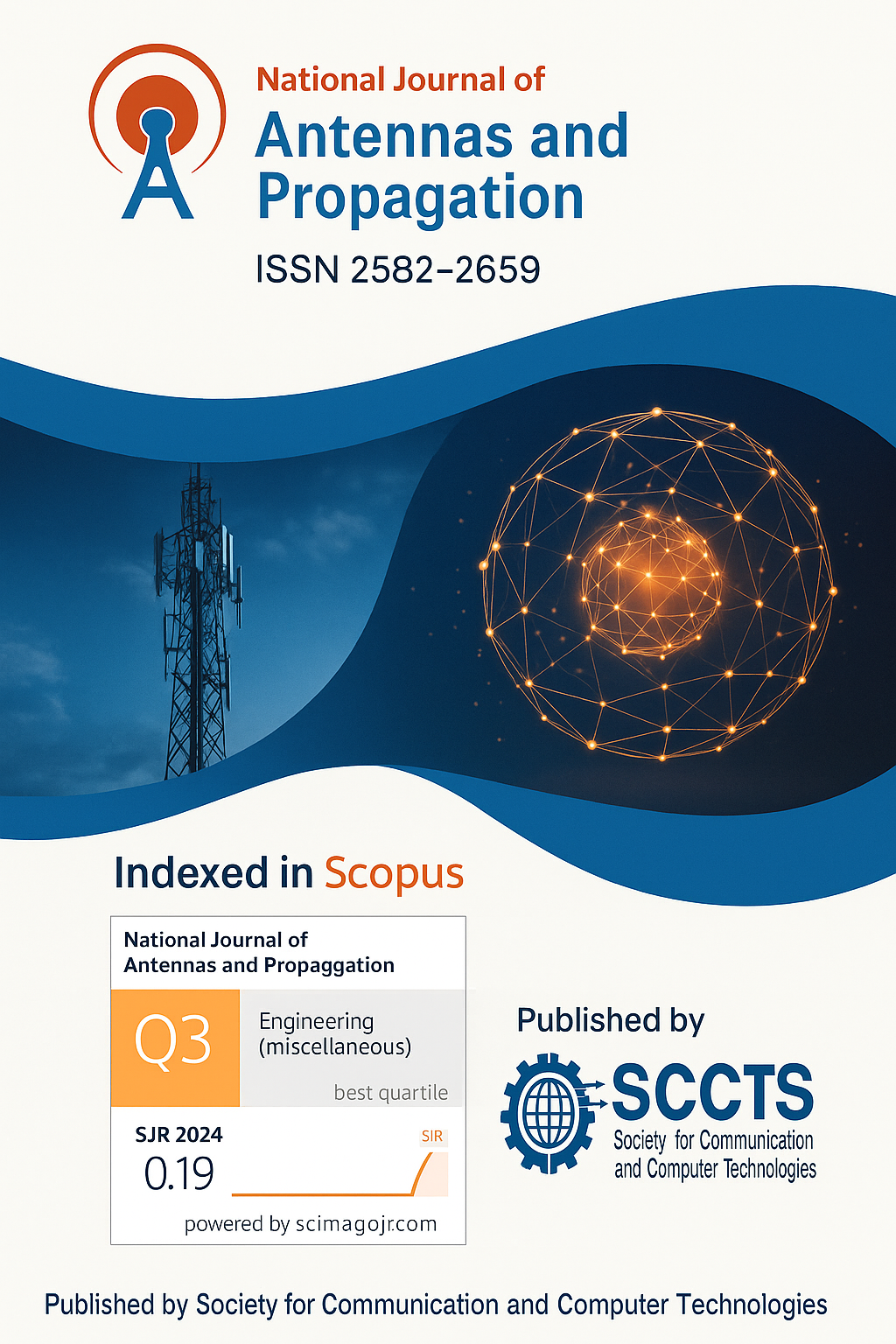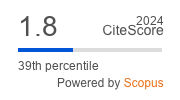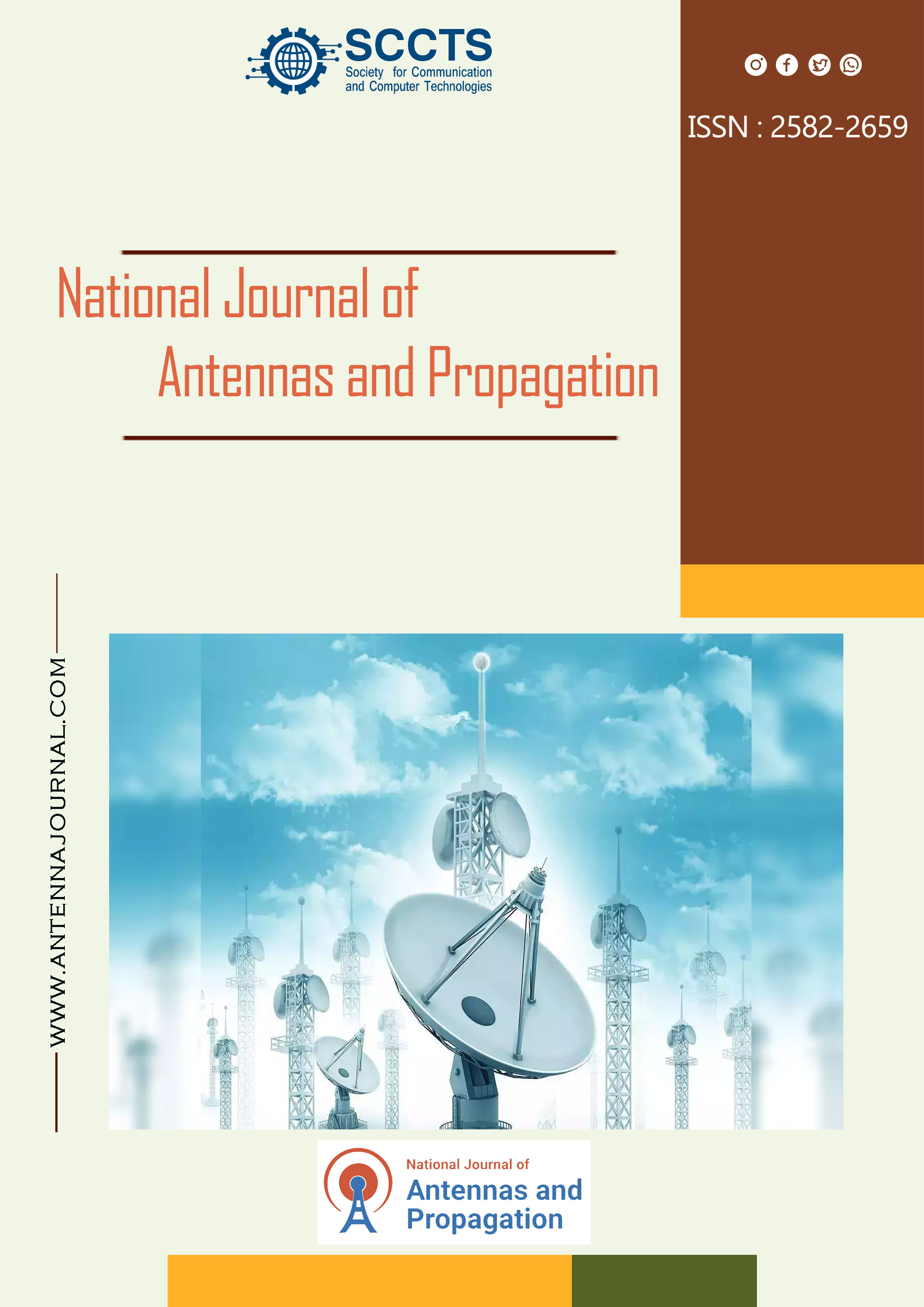Optimized Round key generation in Lightweight Secure Encryption for Next-Generation IoT Networks
DOI:
https://doi.org/10.31838/NJAP/07.01.14Keywords:
Internet of Things (IoT),, Lightweight Encryption,, Secure IoT (SIT), Round Key Modification,, Data Security,, Entropy,, Correlation Analysis,, 5G Communication,, Edge Computing,, FPGAAbstract
The rise of the Internet of Things (IoT) has significantly transformed modern communication systems by linking billions of devices and producing large volumes of data. However, conventional encryption methods are often too heavy for the limited processing capabilities and energy constraints typical of IoT devices. To address this, our study focuses on improving the Secure IoT (SIT) encryption algorithm—a lightweight, 64-bit block cipher that combines elements of Feistel structures with substitution-permutation networks, achieving encryption in just five rounds. Although efficient, the original SIT algorithm shows a security gap: a minor change in a single bit of the key can lead to the unintended exposure of nearly half the encrypted data. To overcome this limitation, we propose a refined key generation approach that modifies the structure of the fourth round key—identified as the most structurally unique among the five. This reconfiguration enhances the sensitivity of the key schedule, making the encryption more robust against attacks that exploit minimal key differences. We implemented the modified algorithm in MATLAB and assessed its performance through statistical metrics such as entropy and correlation. The results reveal that the improved version offers stronger image encryption, greater randomness, and reduced similarity between the original and encrypted data. To demonstrate its practical use, we evaluated the algorithm’s potential in secure wireless communication environments, particularly within 5G, edge computing, and smart IoT systems. Additionally, its lightweight nature makes it suitable for hardware-level implementation on FPGA or ASIC platforms, supporting secure, real-time communication in embedded systems. Overall, the proposed enhancement strengthens the SIT encryption algorithm and makes it a promising solution for next-generation IoT applications requiring efficient and secure data transmission.











